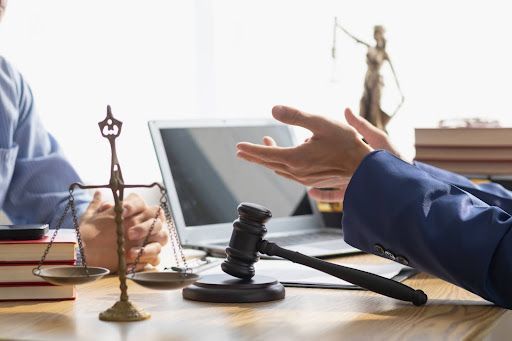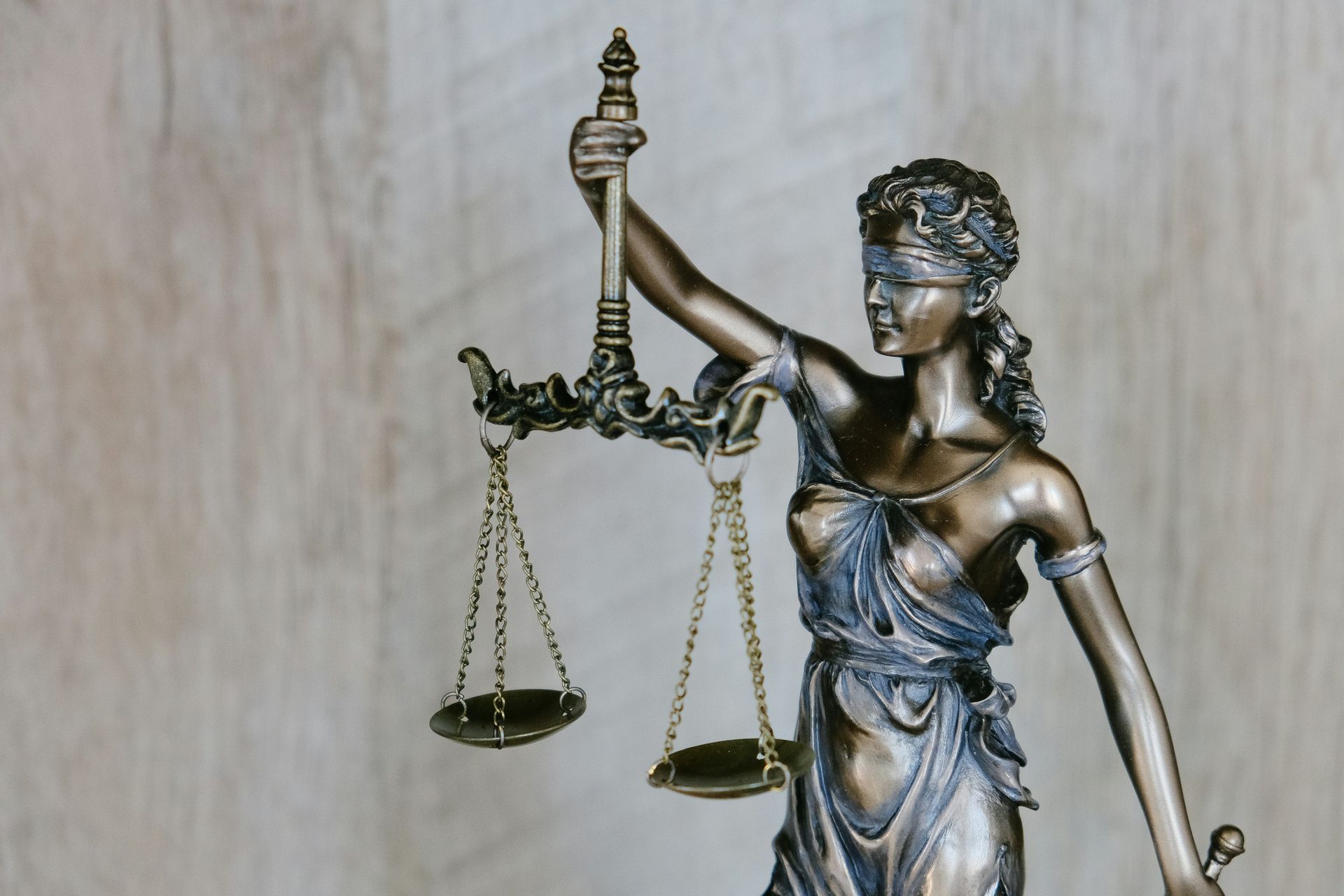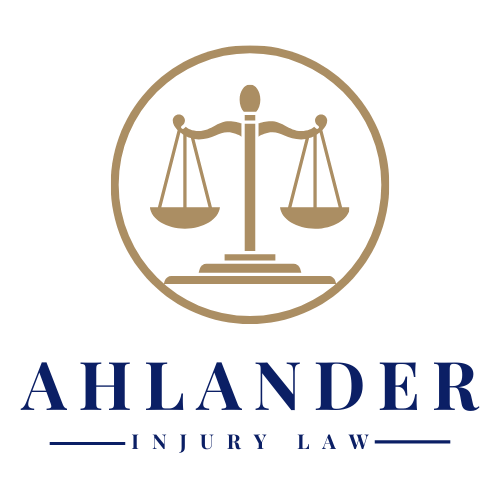The Importance of Seeking Legal Counsel to Ensure Fair Personal Injury Compensation
In the aftermath of a personal injury incident, victims often find themselves in a tumultuous sea of legal proceedings, financial hurdles, and emotional trauma. Amidst such chaos, hiring legal counsel might seem like an additional burden to bear. However, having an experienced lawyer by your side during this time can significantly streamline the compensation process, and more importantly, ensure that you receive the fair compensation you are rightfully entitled to.
Understanding Personal Injury Law
Personal injury law encompasses situations where a person's body, mind, or emotions are hurt, usually due to someone else's negligence or carelessness. It includes cases of car accidents, work injuries, slip and falls, defective products, and medical malpractice, among others.
Understanding these laws and navigating through the complex legal procedures can be difficult for someone without a legal background. Even if you manage to file a claim, ensuring a fair settlement requires negotiation skills and an understanding of what your case is truly worth, something that personal injury lawyers specialize in.
Why Legal Counsel is Essential
1. Valuing Your Claim Accurately
Many factors contribute to the value of a personal injury claim: medical costs, lost wages, pain and suffering, and future care needs. An experienced attorney can accurately estimate the value of your claim considering all these factors. Without legal counsel, victims often undervalue their claim, leading to inadequate compensation.
2. Negotiating with Insurance Companies
Insurance companies have skilled negotiators who work to minimize the payout to maximize the company's profit. They might also attempt to deny the claim altogether. An experienced personal injury attorney can counter these strategies, ensuring you receive the compensation you deserve.
3. Proving Liability
To get compensation in a personal injury case, you must prove that the other party was at fault. This requires gathering and presenting evidence, another task a seasoned lawyer can handle adeptly. They know what evidence is likely to be compelling, how to obtain it, and how to present it effectively in court.
4. Legal Representation in Court
If your case ends up in court, you'll need a lawyer to represent you. While this isn't always necessary, some cases are too complex or contested to resolve outside of court. In these situations, a lawyer’s expertise becomes crucial for achieving a favorable outcome.
5. Peace of Mind
The emotional toll of a personal injury can be overwhelming. Having an attorney handling your case not only increases the chances of fair compensation but also offers you peace of mind. You can focus on recovery, knowing that your legal matters are in capable hands.
Choosing the Right Legal Counsel
Not all lawyers are created equal, and the success of your claim often hinges on the competency of your legal counsel. When choosing a personal injury attorney, consider their experience, reputation, and success rate with similar cases. Meet with them to ensure that you feel comfortable with their communication style, ethics, and approach. You need a lawyer who's not just well-qualified, but also committed to your case.
While it's possible to handle a personal injury claim on your own, the challenges are substantial and the stakes are high. Seeking legal counsel significantly increases your chances of receiving fair compensation, provides much-needed peace of mind, and allows you to focus on your recovery. By ensuring that your rights are protected and your claim is accurately valued, a personal injury attorney can make all the difference in your journey towards justice and compensation.
If you or a loved one has recently experienced a personal injury and you're feeling overwhelmed by the claims process, it's time to reach out for professional assistance. Remember, you don't have to navigate these rough waters alone. To ensure your claim is accurately valued and your rights are fully protected, speak with an experienced personal injury attorney today.
Contact us for a free consultation, and let us help you secure the fair compensation you deserve.





